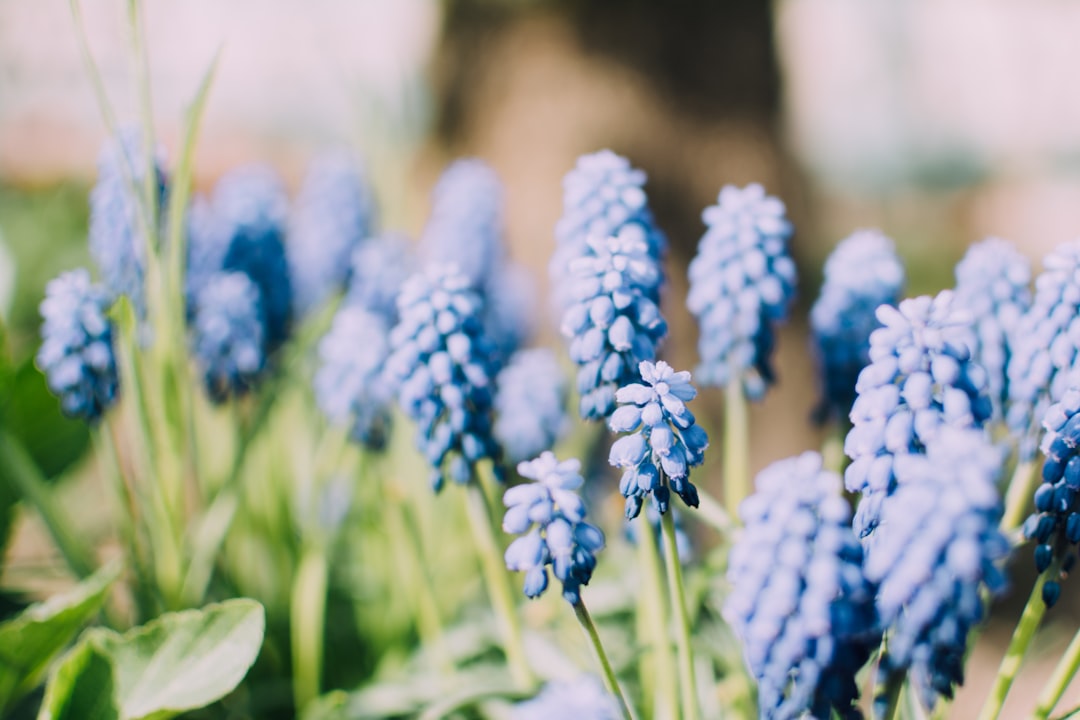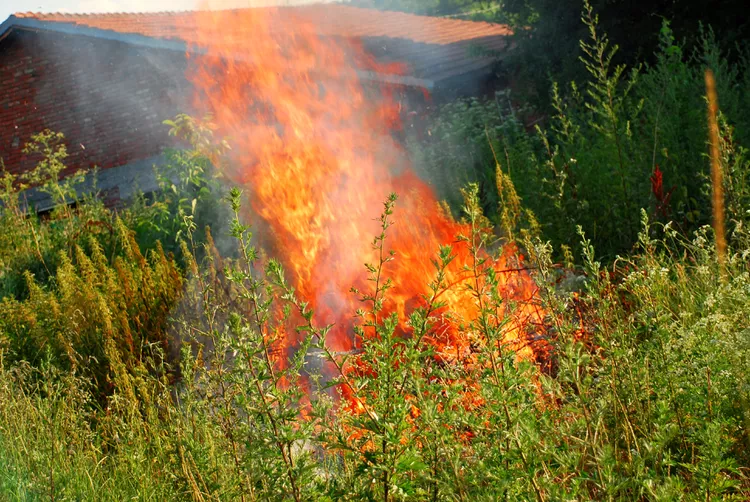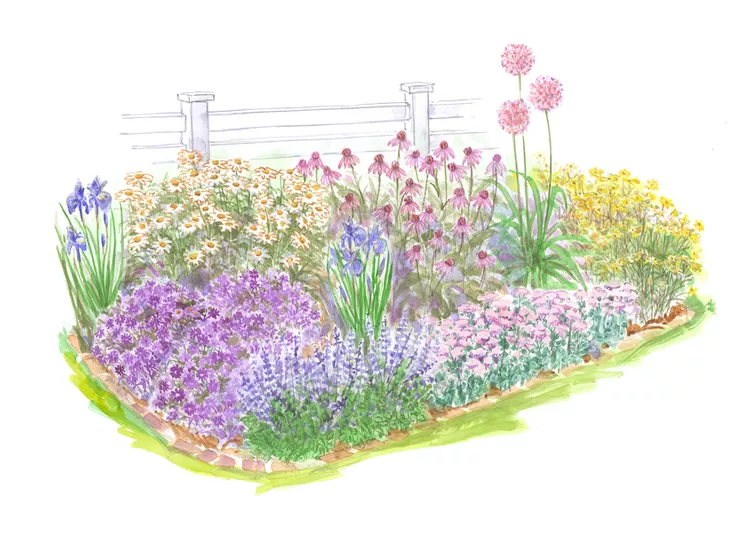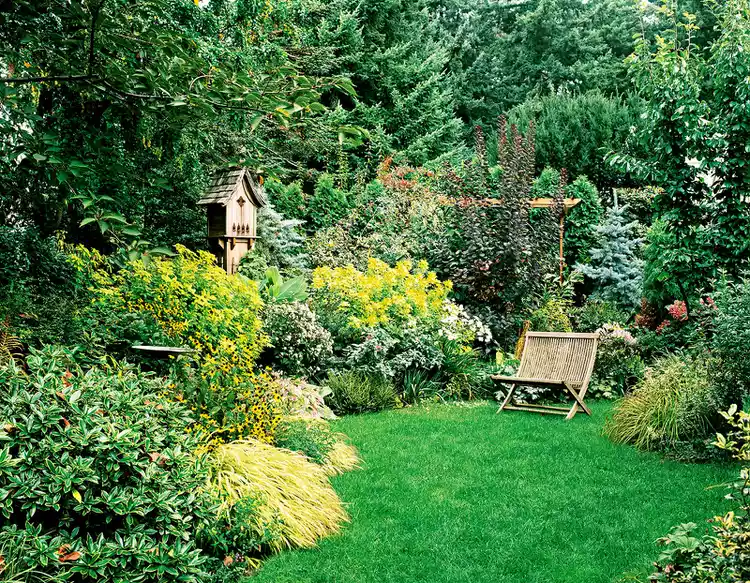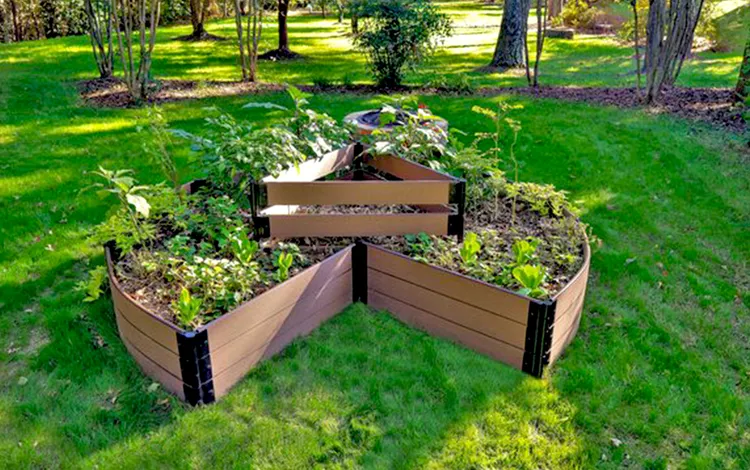Are you tired of constantly watering your potted plants to keep them looking lush and beautiful? Well, fret no more! In this article, we'll guide you through the process of creating a DIY drip irrigation system for your container garden. With just a trip to the hardware store, you can gather all the supplies needed for this simple yet effective project.
First and foremost, let's understand the benefits of a drip irrigation system. Unlike traditional watering methods, a drip irrigation system delivers water directly to the roots of your plants. This not only ensures that your plants receive the right amount of water but also reduces water waste. By minimizing evaporation and runoff, you'll be able to conserve water and save money on your water bill.
Now, let's talk about the supplies you'll need. Head over to your local hardware store and pick up the following items:
- 1/4-inch polyethylene tubing
- Drip emitters
- Tee connectors
- End caps
- A water source, such as a garden hose or a rain barrel
- A pressure regulator (optional but recommended)
Once you have all your supplies, it's time to get started on the installation process. Here's a step-by-step guide:
- Plan your layout: Before you start cutting any tubing, take some time to plan out the layout of your drip irrigation system. Consider the size and location of your potted plants, as well as the distance between them. This will help you determine how much tubing and how many emitters you'll need.
- Cut the tubing: Using a sharp utility knife, cut the polyethylene tubing to the desired lengths. Make sure to measure twice and cut once to avoid any mistakes.
- Attach the connectors: Use the tee connectors to join the tubing together. This will allow you to create a network of tubing that can reach all of your potted plants.
- Install the drip emitters: Insert the drip emitters into the tubing at the appropriate locations. Make sure to space them evenly to ensure that each plant receives an equal amount of water.
- Cap the ends: Use the end caps to seal off the ends of the tubing. This will prevent water from leaking out and ensure that all of the water is directed to your plants.
- Connect to a water source: Attach the tubing to your water source, such as a garden hose or a rain barrel. If you're using a garden hose, make sure to use a pressure regulator to prevent the water pressure from being too high.
- Test the system: Turn on the water and check for any leaks or blockages. Adjust the flow rate of the drip emitters as needed to ensure that your plants are receiving the right amount of water.
Once your drip irrigation system is up and running, you'll notice a significant improvement in the health and appearance of your container garden. Your plants will be better hydrated, which will help them grow stronger and more vibrant. Plus, you'll have more time to enjoy your garden instead of constantly watering your plants.
In addition to the basic setup, there are a few additional tips and tricks that you can use to make your drip irrigation system even more effective. For example, you can use a timer to automate the watering process. This will ensure that your plants are watered at the same time every day, even if you're not home. You can also add a filter to your water source to prevent dirt and debris from clogging the drip emitters.
Another important consideration is the type of drip emitters you use. There are two main types of drip emitters: pressure-compensating and non-pressure-compensating. Pressure-compensating emitters are designed to deliver a consistent flow of water, regardless of the water pressure. This makes them ideal for larger gardens or gardens with uneven terrain. Non-pressure-compensating emitters, on the other hand, are more affordable but may not deliver a consistent flow of water if the water pressure varies.
Finally, it's important to maintain your drip irrigation system to ensure that it continues to work properly. Regularly check for leaks, blockages, and damaged components. Replace any worn or damaged parts as needed. You should also flush the system periodically to remove any dirt or debris that may have accumulated.
In conclusion, creating a DIY drip irrigation system for your container garden is a simple and rewarding project. With just a few supplies and some basic tools, you can create a system that will keep your plants hydrated and healthy. So, what are you waiting for? Head to the hardware store and start building your own drip irrigation system today!






